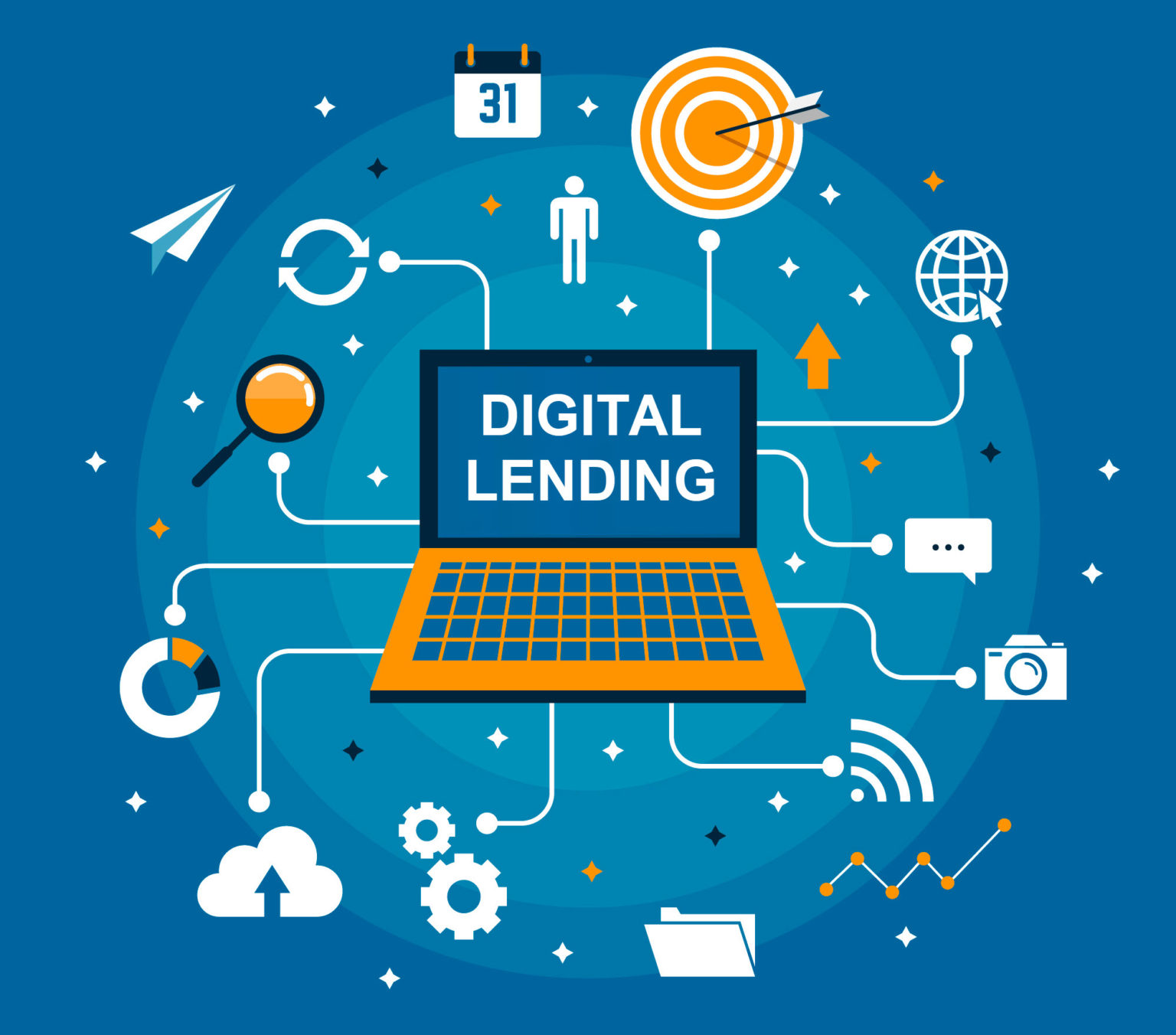Navigating the Digital Frontier: Challenges and Pitfalls of Digital Loans
Digital loans refer to loans that are originated, processed, and serviced through digital platforms, typically facilitated by fintech companies or online lenders. Unlike traditional loans that require physical visits to banks or financial institutions, digital loans can be applied for and managed entirely online.
Overall, digital loans leverage technology to make borrowing more convenient, accessible, and efficient for consumers and small businesses. However, they also pose challenges related to data privacy, cybersecurity, regulatory compliance, and potential overreliance on automated decision-making processes.
Some interesting facts about the current environment of digital loans in India:
• Digital Disbursements grew by 49% during FY 23-24 and were at 1.46 Lakh Crore. Of this nearly 40.32 K crore pertains to March i.e. 28%.
• In numbers the growth was 35% with over 10 cr + borrowings. Of this 2.6 cr pertain to the month of march i.e. nearly 26%.
• Avg ticket size was Rs 12,648/- during FY 24 as compared to 11,094 in FY 23.
• Major players generating appox 70% of the volumes are NBFC’s.
• These companies raised approx. 18.17 K crore of which nearly 90% was through issue Debt.
Now let us understand the pros and cons of Digital Loans:
Pros:
• Digital loans increase access to credit for individuals and small businesses.
• The application process for digital loans is often streamlined and faster.
• Fintech companies often have lower operating costs than traditional banks.
• Digital loans utilize alternative data sources (such as transaction history, social media activity, etc.) for credit scoring, which can benefit borrowers with limited credit history.
• Fintech lenders often innovate with flexible repayment options, such as pay-as-you-earn or revenue-based financing, which can better align loan repayment with borrowers' cash flows.
Cons:
• Risk of Overborrowing: Easy access to digital loans can lead to overborrowing by individuals.
• Cybersecurity Risks: Online platforms storing sensitive financial information are vulnerable to cybersecurity threats.
• Regulatory Challenges: Regulatory frameworks for digital lending are still evolving in our country.
• Digital Divide: Despite increasing digital penetration, access to digital loans may still be limited in rural or underserved areas.
• Consumer Protection Issues: Regulators are concerned about consumer protection in digital lending.
• Data Privacy Concerns: Digital loans rely heavily on collecting and analyzing vast amounts of consumer data.
• Systemic Risks: The rapid growth of digital lending platforms can pose systemic risks to the financial system if not properly regulated.
• Anti-Money Laundering (AML) and Terrorism Financing Concerns: Regulators need to ensure that digital lenders implement robust AML and Know Your Customer (KYC) procedures.
Conclusion:
While digital loans offer significant benefits in terms of accessibility, efficiency, and cost, they also come with risks related to cybersecurity, overborrowing, regulatory uncertainties, and potential exclusion of certain populations. Balancing these factors is crucial for fostering a healthy digital lending ecosystem that supports economic growth while protecting consumer interests.
It can be noted that the Reserve Bank has been public with its concerns on some of the practices adopted by such lenders, and has also formulated draft guidelines for their operations.
From the data that is collated above from various sources it is clearly evident that the numbers are relatively very skewed towards the end of the year with nearly 28% coming in the month of March. This month as per industry practise is high on advances however for digital loans it appears relatively high. This can impact credit quality and also largely increases the risk of overborrowing.
It is also worthwhile to mention that the average ticket size of loans is very low and hence it appears that these companies are catering to lower strata of our population which in one sense is good as they are not otherwise having easy access to advances however it is important to note that the level of understanding in terms of basic conditions of loans would be largely missing amongst this class of people which would result in unfair practices being adopted by these lenders. This is the main reason the lead bank is concerned about unfair practices and has issued draft guidelines RBI/2024-25/<>
DOR.STR.REC.***/21.07.001/2024-25 dated 26th April wherein the emphasis is largely laid on “Digital Lending – Transparency in Aggregation of Loan Products from Multiple Lenders”

